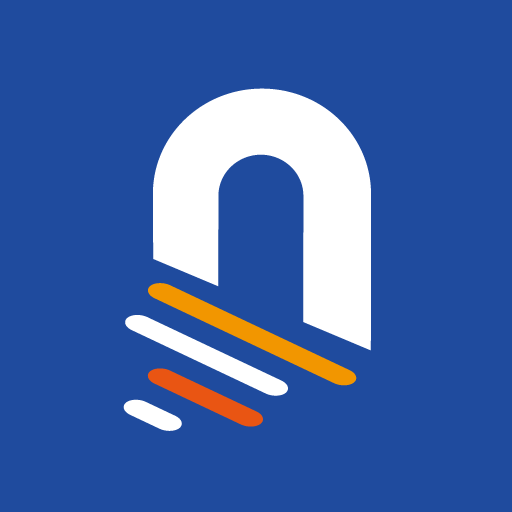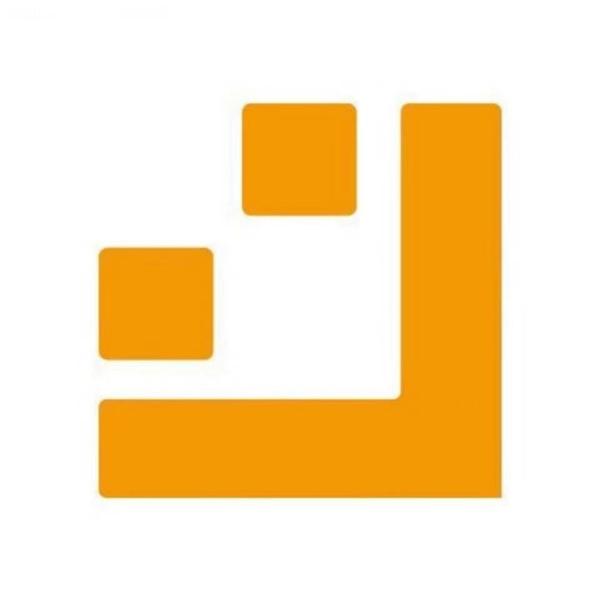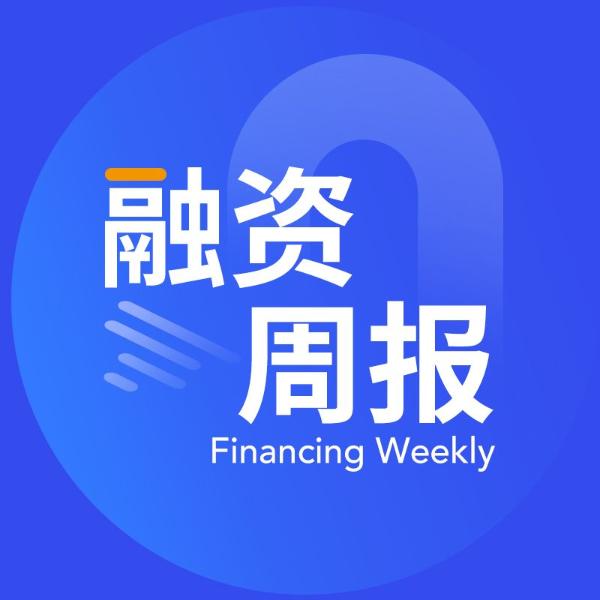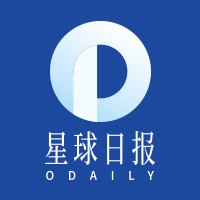Ethereum is a product of the remarkable advancement in the mechanisms facilitating human coordination and individual autonomy. Serving as a globally recognized settlement network, Ethereum fundamentally transforms the concept of digital ownership and data immutability. Its permissionless nature enables seamless transfers to individuals worldwide, unrestricted by time or geographic boundaries.
The system’s key advantage lies in its dedication to decentralization and security, prioritizing these factors over speed and scalability. Nonetheless, when a public blockchain lacks scalability, it hampers the ability of developers, users, and various applications to fully utilize the network due to excessively high transaction fees and limited throughput. This constraint on scalability ultimately limits the potential of Ethereum as a whole.
To unlock its maximum capabilities, Ethereum must overcome its scalability constraints and become a network capable of supporting the large ecosystem of dApps built on it. In pursuit of this goal, Ethereum is actively researching rollups as a highly optimized scaling solution, particularly focusing on Ethereum-equivalent ZK-rollups as the most viable option for developers.
If you’ve been slightly aware of the recent developments in the Ethereum zero-knowledge space, chances are you’re familiar with notable projects such as Polygon, Starkware, Scroll, and zkSync. However, there is a rising contender, a relatively stealthier but equally promising participant. Enter Taiko, a zkEVM that strives to establish itself as a completely decentralized Ethereum-equivalent ZK-rollup.
Let’s explore the essence of Taiko and delve into its distinct features.
Introduction to Taiko
Established in early 2022, Taiko, named after the Japanese word for “drum,” was founded by Daniel Wang (CEO) and Brecht Devos (CTO), both experienced veterans in the field. Daniel and Brecht previously worked together on Loopring, the first-ever application specific ZK-rollup deployed on Ethereum back in 2018. After leaving Loopring in 2021, Daniel initially wanted to build a decentralized social network, but quickly realized existing infrastructure could not support such an application. Bringing their experience from Loopring into Taiko, Daniel and Brecht aim to build a truly decentralized Ethereum-equivalent ZK-rollup together with a team of over 20 exceptional blockchain developers, zk researchers, and crypto-native operators spread across more than 16 countries.
Taiko distinguishes itself from its competitors as a general-purpose zk rollup project with a vision to build a Type-1 zkEVM that provides developers with a seamless experience.
But what exactly is a Type-1 ZK-rollup and what is its significance?
Type-1 zkEVM
In Vitalik Buterin’s classification of ZK-rollups, Type-1 ZK-rollups prioritize preserving compatibility with EVM over faster proof generation. This means that Type-1 ZK-rollups do not make any alterations to the existing Ethereum system. It uses the same hash function, state tree, transaction tree, pre-compiles and any consensus logic that Ethereum employs. Because of this, Type-1 ZK-rollups can be considered EVM equivalent and are hence termed zkEVM.

Image From Taiko
The benefit of Type-1 zkEVM lies in its ability to utilize every single aspect of the established development tools and infrastructure of Ethereum, including the client. While Type-2/2.5 zkEVMs are also considered EVM compatible, they change parts of the Ethereum stack that can lead to undesired impact on things like gas costs or the Keccak hash function. Depending on the type of project, these can result in side effects on the security mechanism or the efficiency of the smart contract. Hence, for projects that are sensitive to changes in gas costs or require the security of the battle-tested Keccak hash function, a Type-1 zkEVM might be more suitable.
However, the EVM itself is not specifically designed for zk-friendly operations, which results in the requirement of extensive computations to generate ZKPs. Presently, the generation of a single ZKP for an Ethereum block can take several hours, but there is potential for improvement through parallel operation of the prover (the entity responsible for creating ZKPs) and the long-term development of hardware acceleration solutions such as ASICs.
Technical Overview
The objective of Taiko is to become a Type-1 zkEVM, specifically designed to execute Ethereum smart contract code seamlessly, eliminating the need for any modifications. This will enable developers to effortlessly transition their existing applications to Layer 2 without implementing new codes.
Taiko consists of 3 main components:
- zkEVM: The zkEVM proves the correctness of the EVM computations with validity proofs. Taiko can run the EVM as it is with zero changes needed. Leveraging the battle-tested code from the Ethereum network and utilizing existing development tools in their original state is highly beneficial as developers can port over their existing solidity contracts over to Taiko without introducing the risk of compiling them in a different language or tweaking the framework. Additionally, the Taiko-client is built upon Geth, ensuring compatibility with future Ethereum protocol upgrades.
- Layer 2 rollup node: Taiko nodes have the responsibility of gathering and executing user transactions on the Layer 2 chain. These nodes oversee the management and state progression of the rollup chain.
- Taiko protocol: The Taiko protocol defines and enforces the rollup rules and defines potential participants. The smart contracts deployed on Ethereum Layer 1 act as the data availability mechanism and verify the ZKPs.
These components work together to guarantee smooth compatibility with Ethereum Layer 1, delivering a familiar experience for developers and users alike.
Decentralization
Apart from prioritizing EVM compatibility, Taiko places a significant emphasis on decentralization. While many rollup networks prioritize performance initially and gradually introduce decentralization, Taiko intends to launch with decentralized proposers (sequencers) responsible for block submission, as well as decentralized provers for generating ZKPs. This approach underscores Taiko’s strong commitment to decentralization, as there are currently no other rollup networks with decentralized sequencers.
Taiko’s focus on decentralization ensures a robust foundation for dApps while staying true to Ethereum’s core values. The team has also revealed their plans to launch a decentralized autonomous organization (DAO) with more details to be discussed in the future.
Current State of Taiko
On June 7, 2023, Taiko passed a significant milestone in its pursuit of a decentralized, Ethereum-equivalent zkEVM by launching its alpha-3 testnet named Grímsvöt. This testnet plays a crucial role in thoroughly testing the network’s design and components as the primary objective is to decentralize the proposers and provers while developing support for Layer 3. As outlined in Taiko’s roadmap, the team has scheduled multiple testnets, each dedicated to testing specific components of their technology stack, as they prepare for the mainnet launch in the first quarter of 2024.
Image From Taiko
In addition, Taiko Labs announced the completion of a $22 million fundraising round. Sequoia China led a $10 million seed raise back in Q3 2022 and Generative Ventures led a $12 million pre-series A round that closed recently. Other investors in the two rounds included IOSG Ventures, GSR and GGV Capital, as well as several angel investors from the Ethereum community. The funding will be used to set up an ecosystem investment fund to attract dApps and developers to join the ecosystem.
Zooming Out
While a Type-1 zkEVM may have its own set of advantages and disadvantages, there is a possibility that the disadvantages become insignificant when compared to the benefits it provides. If achieving Ethereum equivalence, which is considered a high standard, is combined with existing and potential methods of accelerating ZKP generation, a Type-1 zkEVM could potentially emerge as the preferred choice in the long run. However, there are still many unknown factors, and it’s worth noting that Vitalik Buterin has expressed an inclination towards Type-1 zkEVMs as a favorable direction.
Taiko is undoubtedly pursuing an ambitious goal and stands out as a unique project, aiming to achieve something extraordinary. With the ongoing alpha testnet, Taiko is making significant progress towards becoming a platform that is both easily accessible and user-friendly for Ethereum developers and users. By upholding Ethereum’s core values and offering scalability and efficiency, Taiko is poised to have a significant impact on the future of Ethereum. It is expected to drive adoption, foster a thriving ecosystem, and play a crucial role in shaping Ethereum’s trajectory.
ScalingX Official Account
Website :https://www.scalingx.xyz/
GitHub :https://github.com/scalingx/
Twitter :https://twitter.com/scaling_x
Telegram :https://t.me/scalingx
Discord :https://discord.com/invite/U6uNCumNR3
Contact Us :hello@scalingx.xyz














